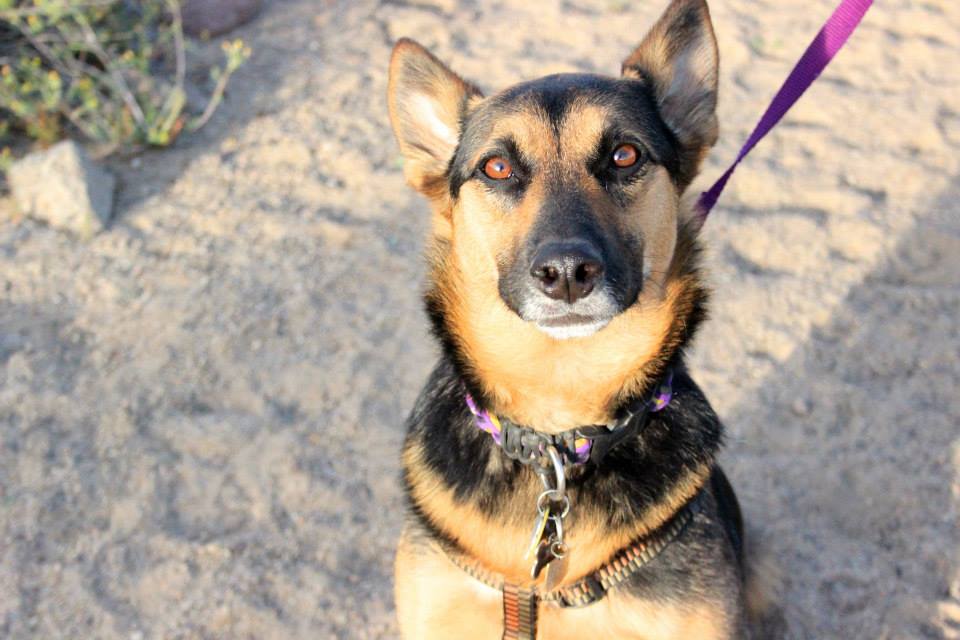8 Perfect Dog Hacks for the Trail

'Courtesy of Ali Wunderman'
Heading into the wilderness with a loyal, basically-direwolf companion makes you feel like a badass. Refining the way you tackle the wild together only enhances that. Whether it’s keeping your dog safe, or simply making their shed fur less annoying, getting creative with available materials will make you a better trail team.
Use a paracord collar.
Preparation is key in all things outdoors. With a paracord collar, you can buy it, forget about it, and then find yourself with 30 to 40 feet of tough, durable rope to work with in a survival scenario. They’re easy to make at home, or available for purchase from any number of retailers.
Prevent carsickness.
Reaching a trailhead often involves driving for many hours, which can turn tummies, particularly those of puppies and younger dogs. Avoid starting a trip with vomit cleanup duty by getting your dog comfortable with cars in advance, postponing meals until after the ride, and keeping your pup at ease with plentiful cool air, or a blindfold for reducing visual stimulation. You can also try an over-the-counter medication for car sickness, but always check with your vet first.
Make a harness.
Instead of carrying yet another piece of dog-related gear, make your leash pull some extra weight. There are several ways to turn it into a harness, but the most straightforward involves attaching the leash to the collar like normal, bringing it down straight along the dog’s spine, then running it behind the legs and up over the chest, finally looping the leash back over itself to tie it in place. Voila: when your dog needs to be controlled more than usual because of wildlife or heavy foot traffic, you’ll be ready. (Note: You will need an extra leash or length of cord, obviously.)
DIY booties.
Rough rocks, extreme temperatures, pesticides—there’s no shortage of dangers underfoot on the trail. Rather than buying and depending on one type of bootie, make your own to fit the conditions. For snow, sew small pouches made of fleece, which will insulate and provide traction. Cordura is great for rough terrain, and denim will protect against heat and chemical runoff on roads. (Patterns are available online). Sew velcro on ahead of time, or bring vet wrap to secure.
Prevent snow clumping.
Furry dogs love winter, but winter doesn’t always love them. Clumps of snow love to attach themselves to the undersides and foot pads of our doggos, especially long-haired ones. The solution is right on the kitchen shelf: a healthy application of vegetable shortening to the feet and belly should keep cold snow from getting too attached. Clipping the fur between their toes will also help keep ice out.
Find Fido.
In camp or other areas where dogs are allowed off-leash, let your pup roam with a bear bell attached to his collar. At night, affix a light to his collar to keep him visible. (Make sure your dog’s training is unbreakable before you let him off leash.)
Protect your tent.
Use a lightweight tarp as a barrier between sensitive nylon tent floors and your dog’s sharp nails. As a bonus, you can throw the tarp over the car seat to protect your interior against shedding and muddy paws.
Use a tie-out.
Hammer in a tent stake and put your dog on a long lead. Worried about getting tripped up? Tie cord between two trees. Use a carabiner to clip your dog to the cord so he can move around without dragging a lead.